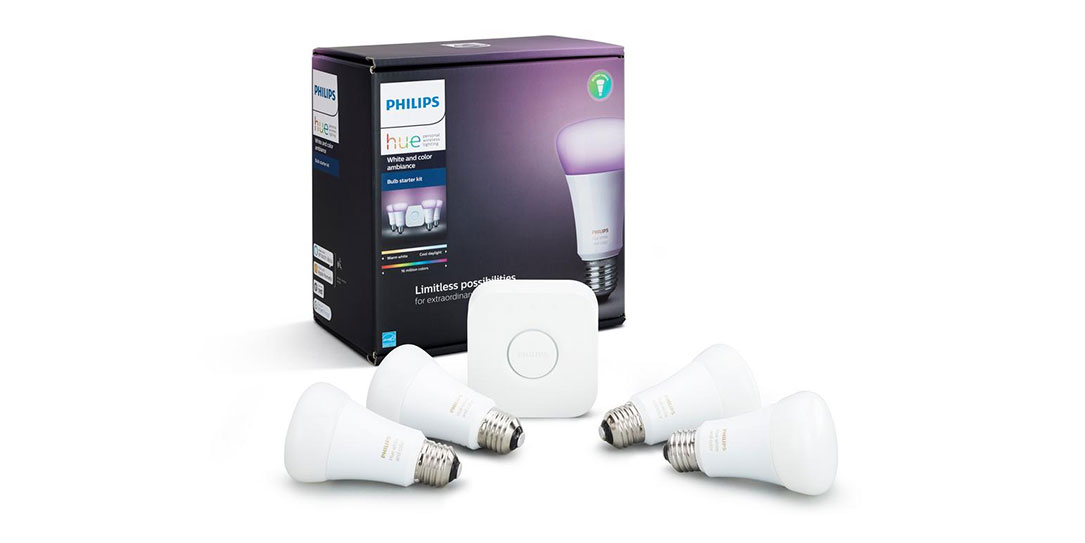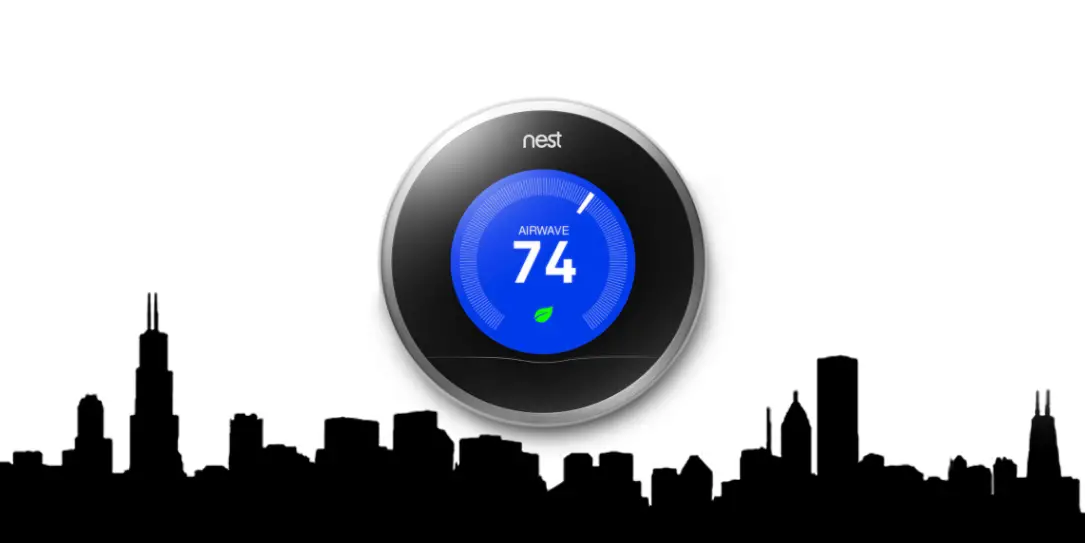Smart homes house many handy gadgets for making your life easier. With voice-controllable lighting, you never have to get off the couch to turn on a light. You can ditch your keys if you’ve installed smart locks on your home. And a smart speaker will tell you how to spell “onomatopoeia” in a matter of seconds. But smart home devices like these bring more than convenience and automation. They also give you the power to conserve energy and fight global warming. Here are seven smart home devices you can use to lower your carbon footprint.
1. Smart Sensors
When it comes to conserving energy and avoiding costly repairs, smart home sensors (and there are many kinds) are your go-to gadgets. Put smart sensors on anything you want to measure, monitor, or control, and watch your energy consumption plummet. For example, motion sensors connected to lights in low-traffic areas (e.g., basements, extra bedrooms, hallways) cut down on energy waste. They’re great for kids’ rooms and play areas where lights are often mistakenly left on. Sensors on windows and doors alert you when they’re left open — saving on heat and cooling loss during the summer and winter months. And leak sensors help you cut water waste by alerting you to drips. You’ll also save on building materials, time, and money by identifying water damage and flooding early on as well as reducing your carbon footprint.
2. Smart Thermostats
Smart thermostats help you conserve the most energy of any smart device in your home. That’s because heating and cooling your living space requires about half your energy consumption. What makes smart thermostats “smart” is that they learn your daily routines and temperature preferences. After that, they make real-time adjustments to optimize your energy use. Smart thermostats can raise and lower temperatures when you’re away at work, then readjust right before you get home in the evening. This helps you avoid over-cranking your thermostat up or down to cool and heat things off quickly. This never works, and only results in wasted electricity or gas.
You can also control a smart thermostat remotely with a mobile app — a handy feature for pet owners and travelers. And some smart thermostat models work with deployable temperature sensors to eliminate hot/cold spots in your home or apartment. These sensors extend the temperature zones in your home, making your thermostat even smarter and reducing your carbon footprint.
3. Smart Bulbs
If you don’t mind the upfront investment, smart LED bulbs are an effective way to cut your monthly energy usage. Compared to older incandescent and even compact fluorescent (CFLs) bulbs, LEDs are way more efficient. And smart models come with features like smart speaker integration for voice command, color and intensity adjustments, and mobile app control. But these bulbs aren’t cheap. The Philips Hue LED smart bulb will run you around $50 per bulb. And after outfitting your entire home, you’re looking at a substantial investment. But the savings in power consumption to your monthly bills and the planet will pay off fast. And because LED bulbs have a lifespan around two to four times longer than a CFL, you’re contributing less waste to landfills and recycling programs.
4. Smart Sprinklers
You want your lawn to be green, but it can also be “green” if you water it the smart way. Smart sprinklers learn your unique watering needs based on a variety of factors. By connecting to local weather forecasts, a smart sprinkler can deliver optimum water output based on rain chances, temperatures, and humidity levels. Some smart sprinkler models also consider the type of grass you have, the soil composition, and your yard’s sun exposure. Smart sprinklers are also controllable through smartphone apps. So, if there’s ever a busted pipe in your system, you’ll be able to get home and shut things down before hundreds of gallons of water are wasted. Conserving water is a great way to reduce your carbon footprint and is a great way to give back to the community.
5. Smart Showerhead
The average American showers for about eight minutes and uses more than 17 gallons of water. Low-flow showerheads are useful for reducing water usage during showers. But they don’t help if we only end up taking longer showers. Smart showerheads like the WaterHawk Smart Showerhead help remind you of how much water you’re using. This brainy spout tracks water usage and temperatures in real-time. It then displays the data on a digital readout inside the sprinkler’s head. Standing bathers can track their water usage and adjust water temps to save hot water tank gas/electric consumption. As a bonus, the WaterHawk is powered by water pressure, so no batteries needed.
6. Smart Plugs and Power Strips
Using smart plugs and power strips cut down on your home or apartment’s power consumption. Smart plugs let you remotely control or monitor any device you’ve plugged them into. Use a smart plug on your refrigerator to gauge its energy use in the summer. Plug a lamp into a smart plug and light up your house before you get home.
If you want to consolidate electronics while saving energy, smart power strips are the way to go. Many modern tech devices like smartphones and laptops are never completely powered down. Even when they’re “off,” they still draw small amounts of electricity. Collectively, these “vampire” power-users waste millions of kilowatts per year. Smart power strips detect and cut the power completely, decreasing your overall electrical usage.
7. Smart Home Energy Monitors
Knowledge is power when it comes to conserving energy and cutting your CO2 emissions. Smart home energy monitors help reduce household energy consumption by letting owners see where ever kilowatt of energy goes. These smart watt watchers connect to your electric meter or breaker panel and display real-time data on the cost and amount of used energy. Some models even estimate the number of greenhouse gases emitted.
But the real power of an energy monitor is its ability to highlight unsuspecting big energy users. Heated floor systems, incandescent bulbs, inefficient hot water tanks — these are typical “hidden” wasters of electricity and water. But a home energy monitor will identify them quickly. Most models come with a mobile app for receiving alerts and monitoring power consumption.
This **guest post was written by Morgen Henderson: Morgen lives near the beautiful mountains of Salt Lake City. She loves writing about tech, travel, and sustainability topics. When she’s not typing away at her computer, you can find her baking her favorite desserts and exploring the globe.
**The thoughts and opinions in this post are those of its author and do not reflect on Techaeris or its staff.
In some of our articles and especially in our reviews, you will find Amazon or other affiliate links. As Amazon Associates, we earn from qualifying purchases. Any other purchases you make through these links often result in a small amount being earned for the site and/or our writers. Techaeris often covers brand press releases. Doing this does not constitute an endorsement of any product or service by Techaeris. We provide the press release information for our audience to be informed and make their own decision on a purchase or not. Only our reviews are an endorsement or lack thereof. For more information, you can read our full disclaimer.
Last Updated on February 3, 2021.











